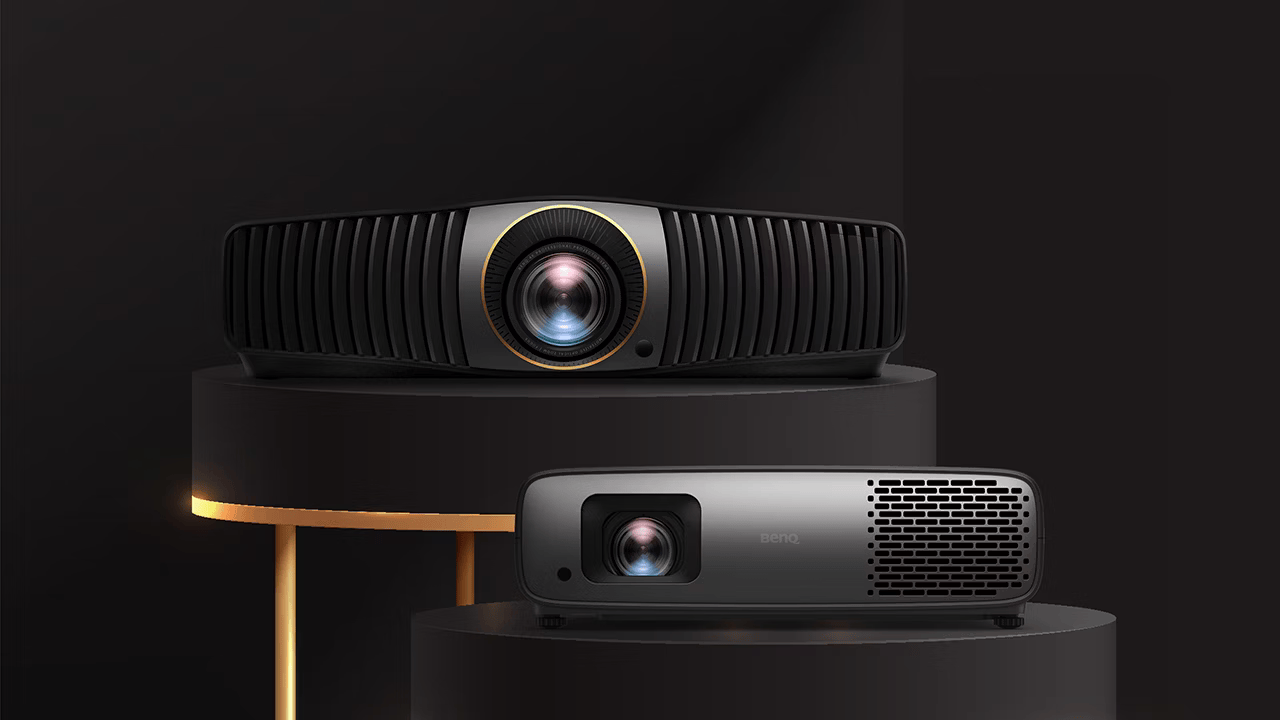Best projectors 2025: budget, 4K and ultra-short-throw
Get the authentic big-screen movie night experience
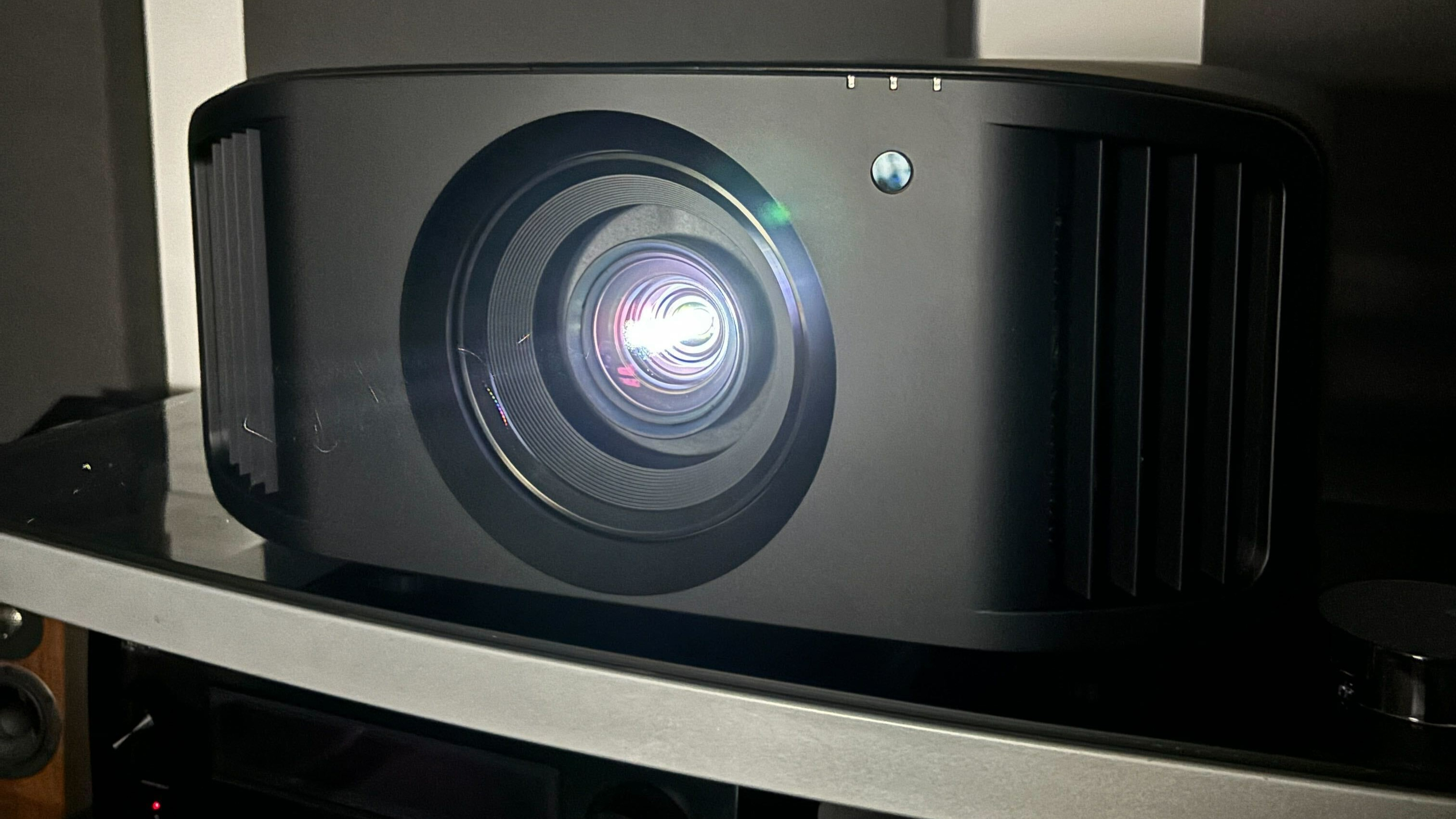
A pivotal piece of kit in any home cinema setup is a quality projector, as a decent beamer can truly emulate the experience of heading down to your local multiplex without the worry of someone constantly kicking your seat, or the fear of being extorted by overpriced popcorn.
We've tested a wide range of home cinema projectors, with everything from portable options that are ideal for transforming your garden into an al fresco cinema, to super high-end projectors with five-figure price tags. That leaves us with a lot of projectors, all with different functions, features and specifications; but which one is right for you?
Are you looking for a projector to replace your TV? Then an ultra-short throw model with streaming and speakers built-in will suit your needs best, or perhaps you're after a full-fat 4K option that brings a dazzling and detailed display to your dedicated home cinema space. Not every projector that we've reviewed has made it onto this list, for example the Epson EF-22 and Xgimi Aura 2 just miss out, as they don't quite compete with the five-star models on this list. Furthermore, the exceptional Sony Bravia Projector 9 is an easy reccomendation, but only if you have £27,599 / $31,999 to spend.
Either way, we're here to guide you towards our favourite projectors on the market, with an option on this list to suit a range of budgets and needs. We've reviewed every model on this list, awarding them with the full five stars – you can find out more about how we test projectors here or scroll to the bottom of this page.
Finally, it's worth remembering that building a home cinema setup is an involved and, if we're being frank, costly process. Be sure to check out our best projector deals, as well as our best AV receivers and best surround sound systems pages to complete your home cinema setup.
The quick list
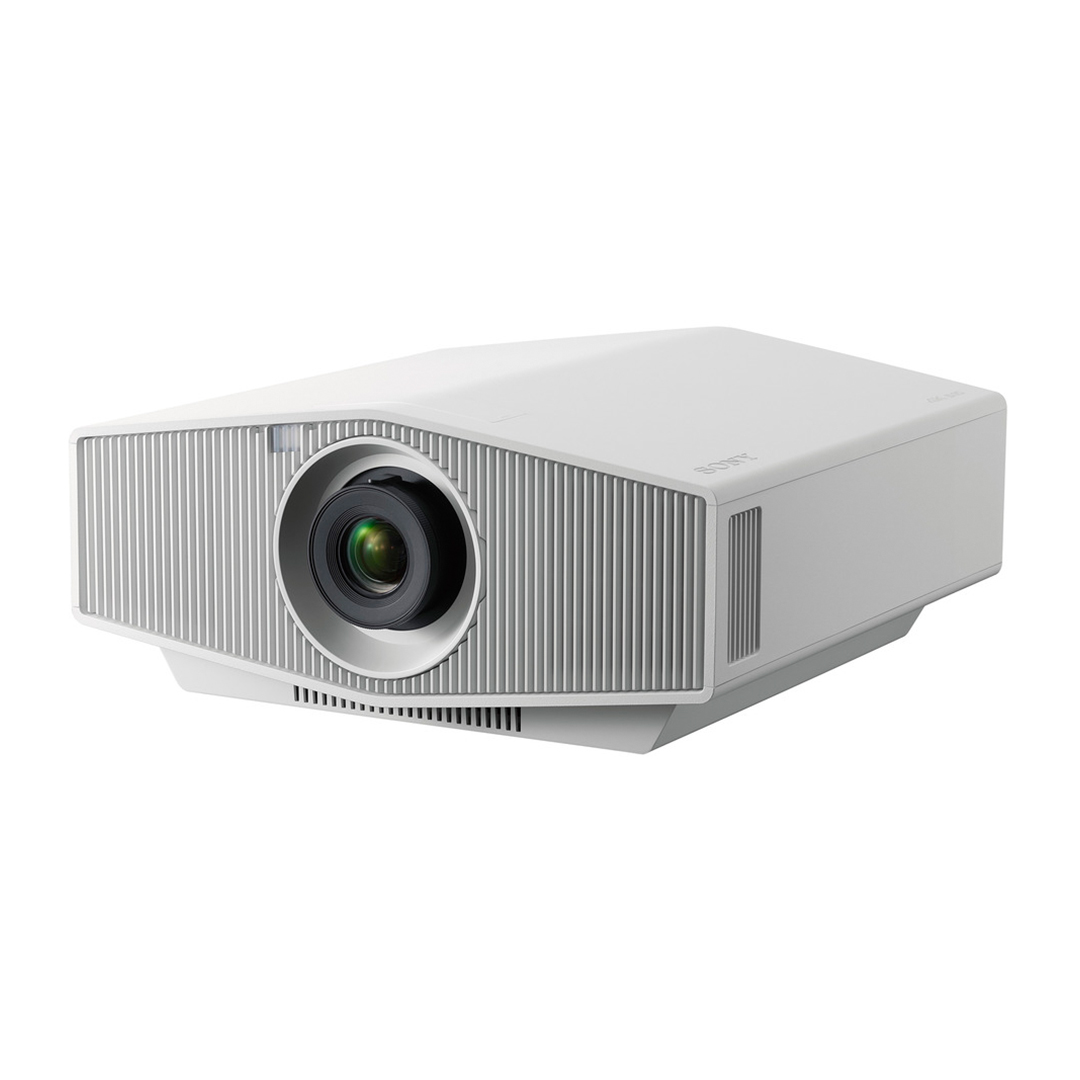
Best overall
Putting laser technology within reach of mere mortals, Sony’s VPL-XW5000ES is the best projector for most people, delivering a stunning 4K picture without ever having to replace a lamp.
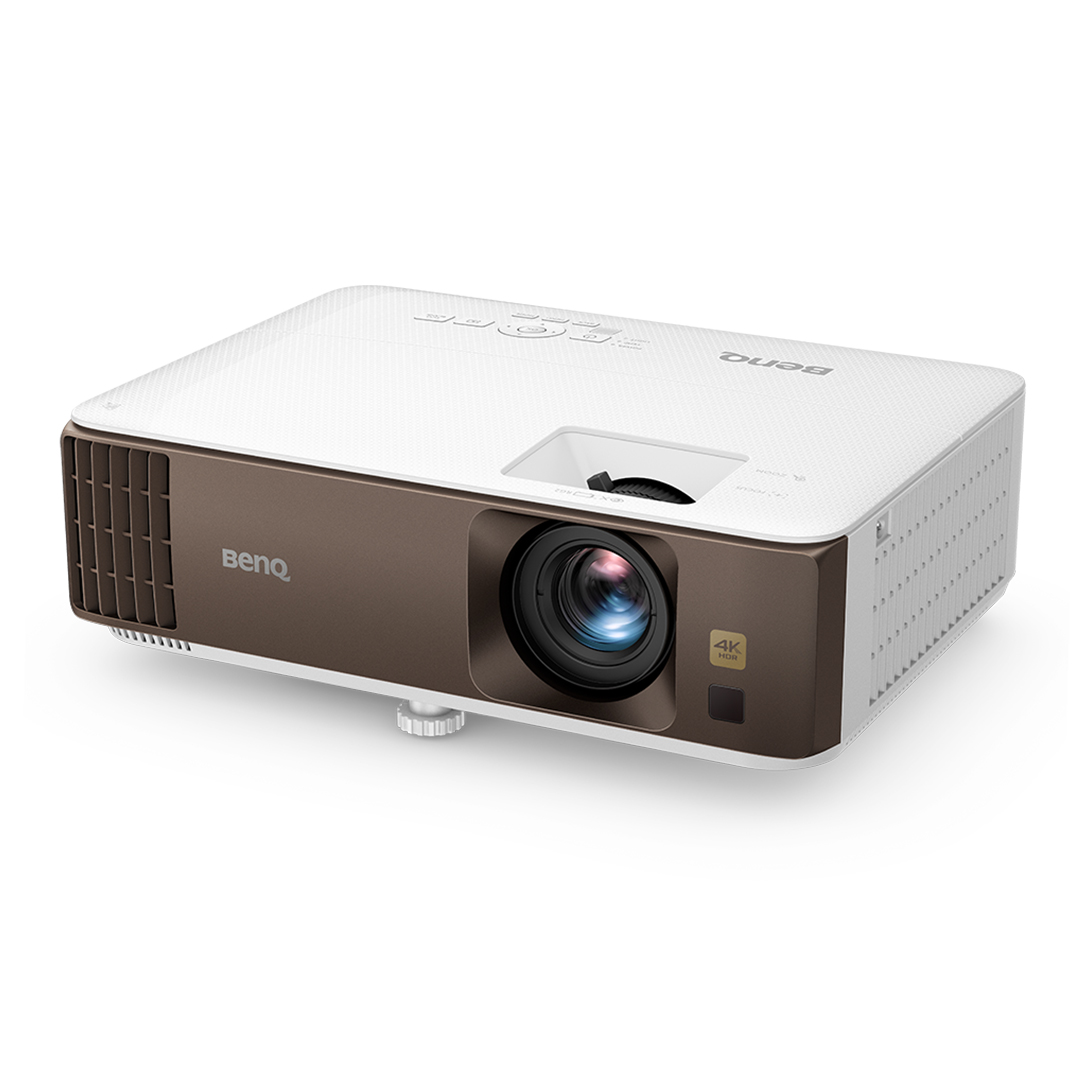
Best entry-level 4K
While it’s no slouch for gaming, the reasonably priced W1800 truly excels at what it was specifically designed for: bringing Hollywood home.
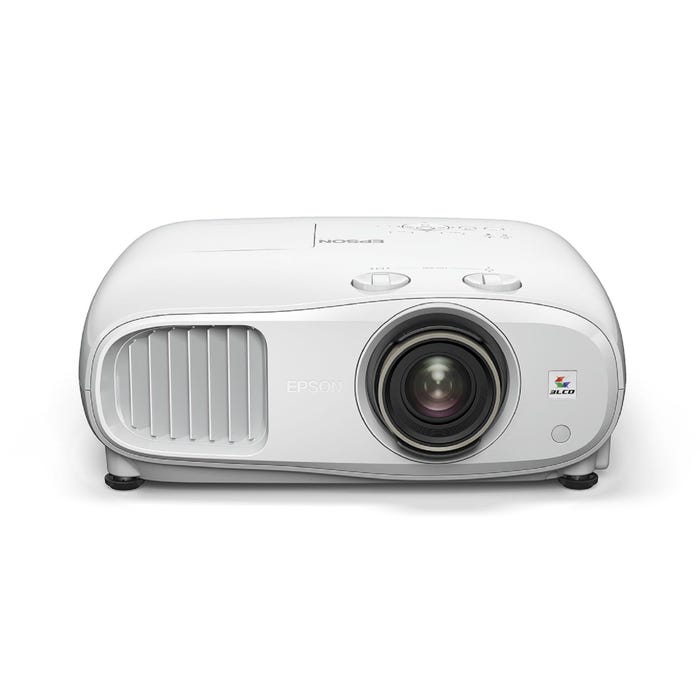
Best mid-range
Not the cheapest, but the EH-TW7100’s picture out-punches the outlay and the features will fulfil your dreams.
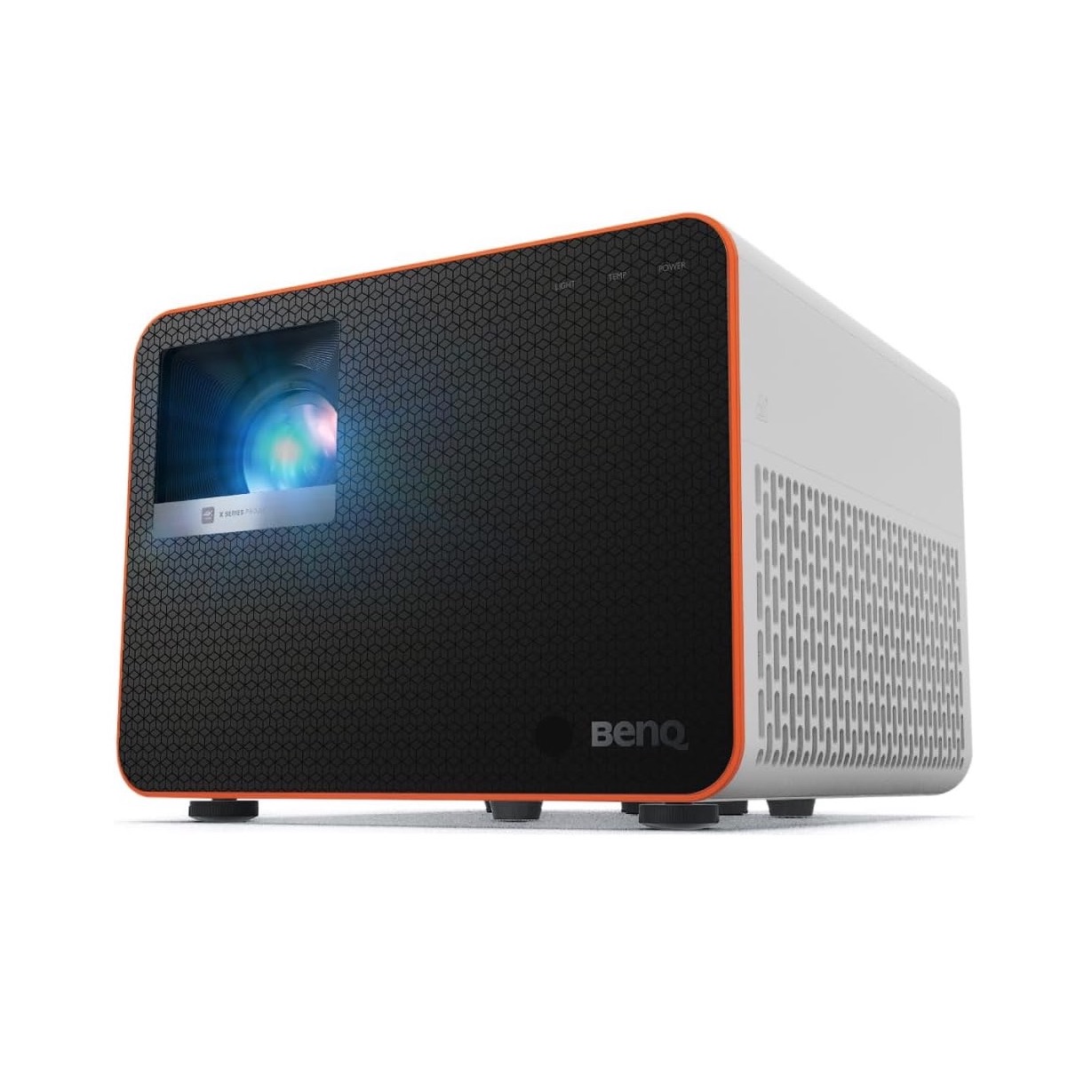
Best premium
BenQ's gaming-focused projector proves to be equally talented for movies thanks to its excellent all-round picture quality.
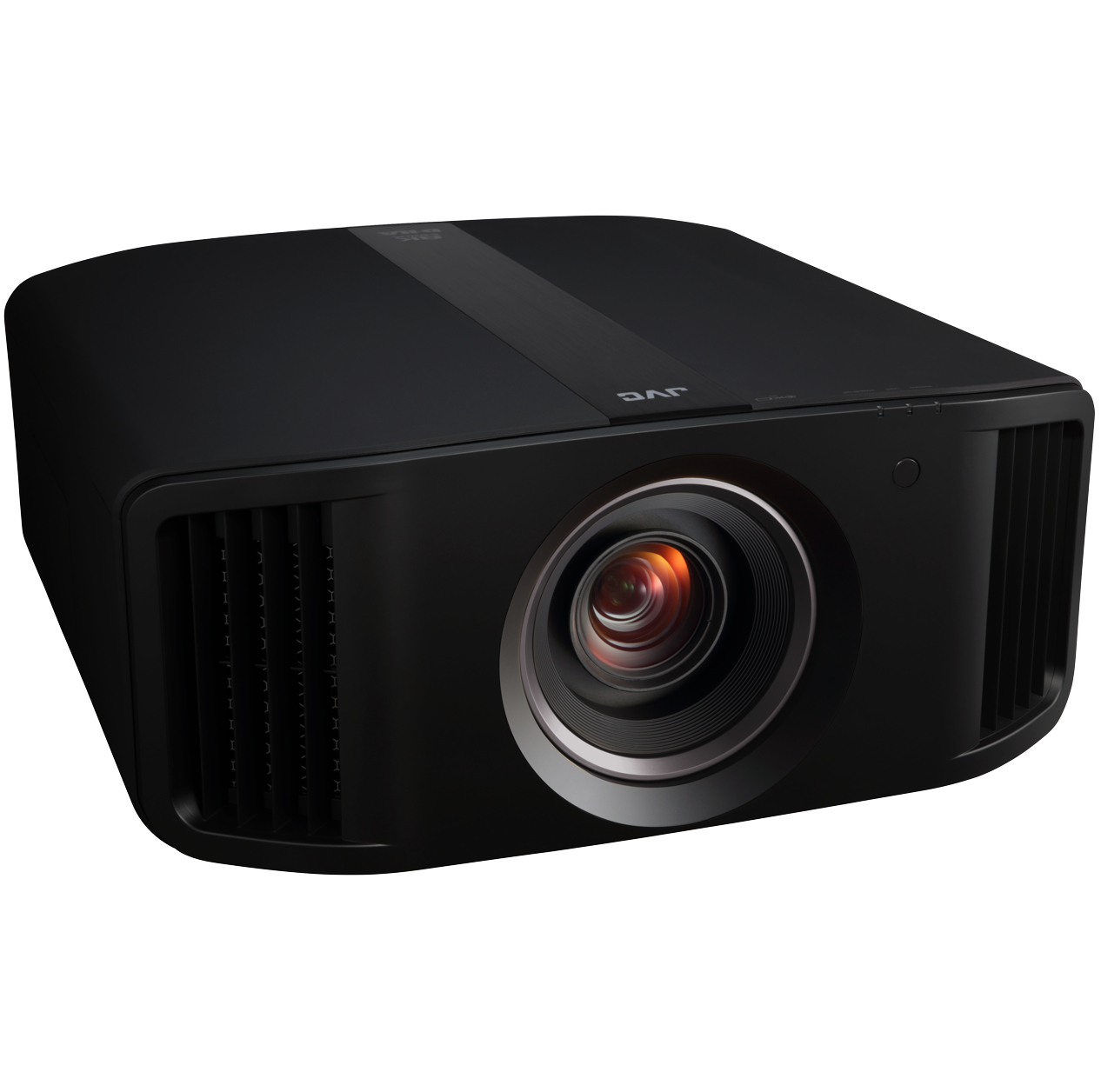
Best high-end
JVC's pricey projector delivers stunning details, beautifully balanced colours and a truly aunthentic cinematic picture.
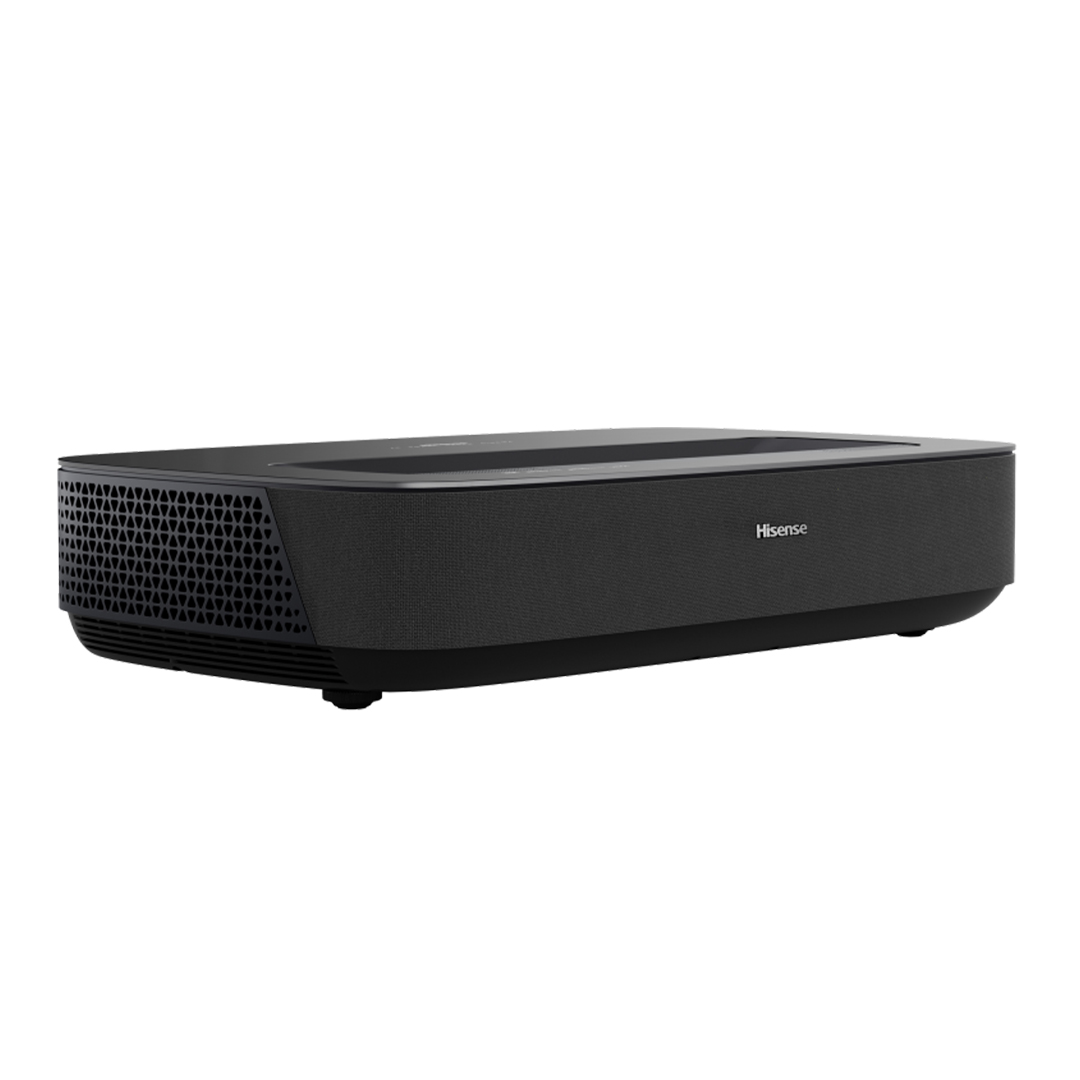
Best ultra short throw
Bright and vibrant with an adept handling of motion, this practical projector is a more-than-capable alternative to a mammoth-sized TV.
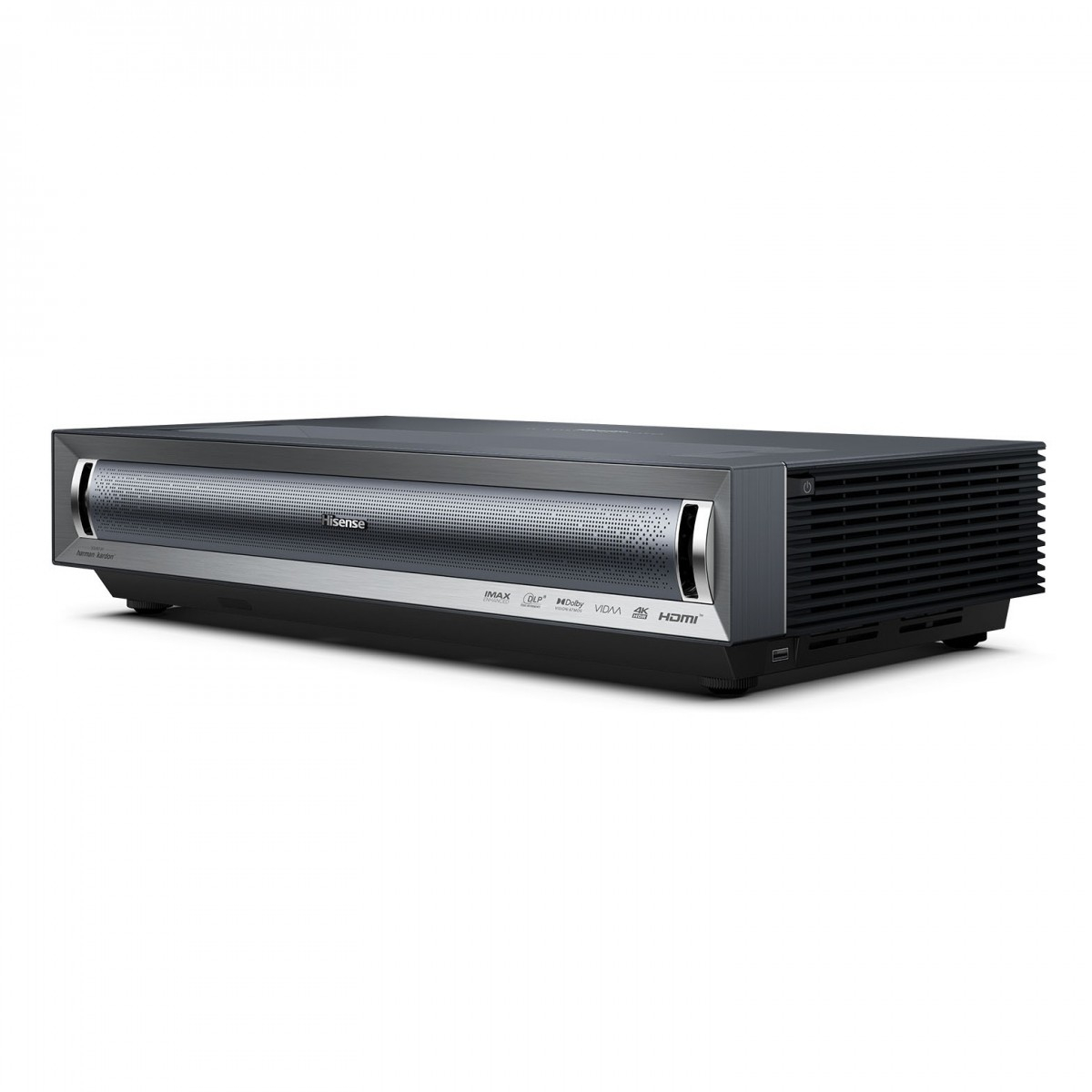
Best premium ultra short throw
Hisense's TV alternative offers a superb HDR image and enhanced gaming features making it a winner in our books.
Recent updates
August 2024: The BenQ X3100i, JVC DLA-NZ800, and Hisense PX3-Pro all make the list, Sony VPL-X7000ES has been moved to the also consider section.

I'm a Staff writer here at What Hi-Fi? who also happens to really like projectors. I've tested everything from serious 4K units that cost upwards of £15,000 to ultra-short throw TV replacements. As a self-proclaimed film enthusiast, I find that projectors are easily one of my favourite things to test, as they allow me to watch some of my favourite movies in the way they were meant to be seen. Finding a good projector that truly makes our AV testing room feel like a proper cinema is a treat, and there are a few key areas I look out for to fulfil that criteria. Detail levels, black depths, contrast and colours are all factors to consider, while ease of setup and connectivity are also key components to be mindful of.
The best projector overall
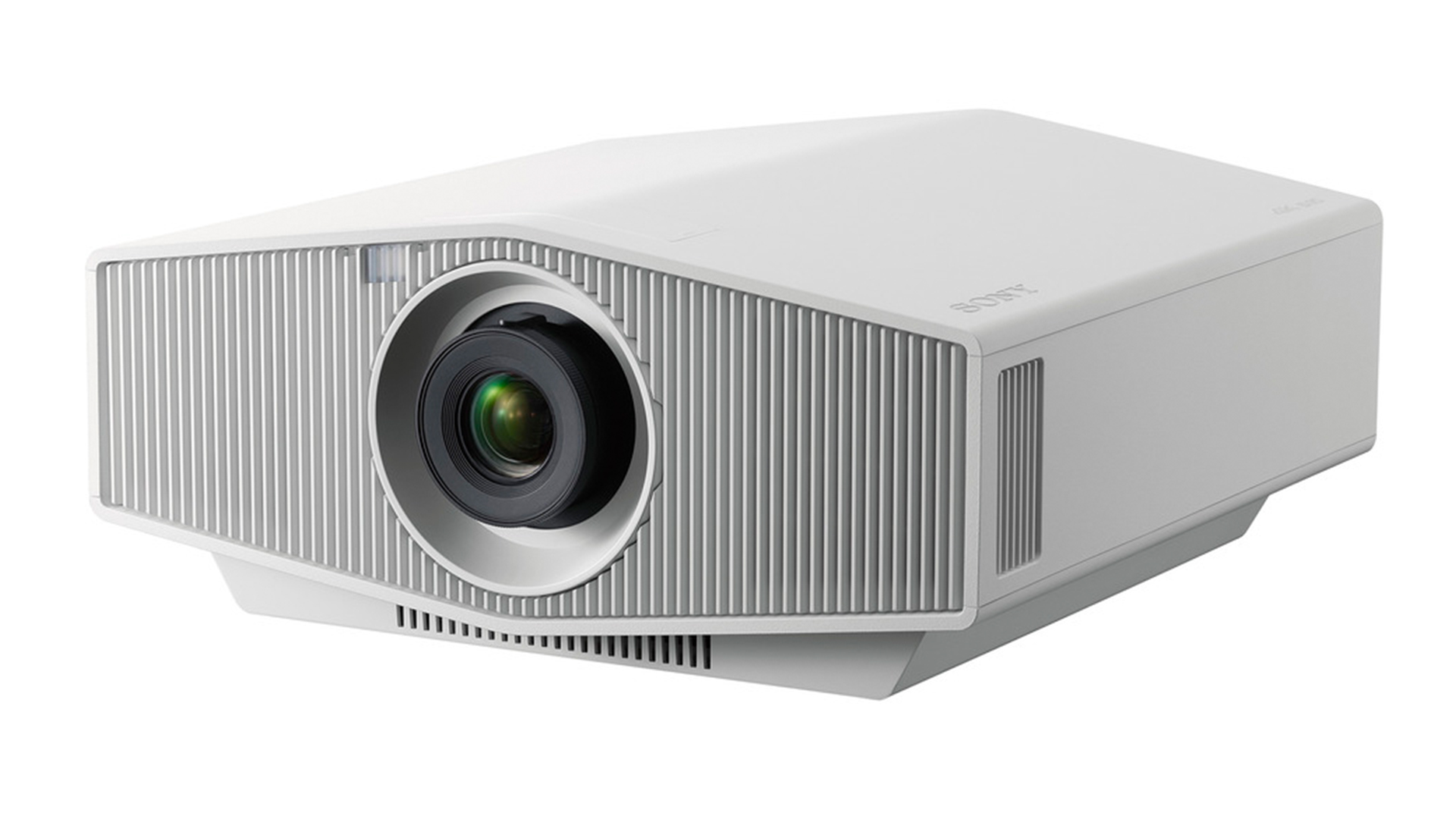
1. Sony VPL-XW5000ES
Our expert review:
Specifications
Reasons to buy
Reasons to avoid
The VPL-XW5000ES is a watershed moment for not just Sony’s projection business but the home cinema world in general. Why? Because it’s the cheapest truly native 4K laser projector the home cinema world has ever seen.
Prior to the XW5000ES, Sony’s entry-level SXRD 4K projectors have relied on lamp rather than laser technology. Moving to laser, though, means no longer having to put up with the inconvenience and ongoing costs associated with having to replace lamps every few thousand hours of use, or the relatively rapid degradation in brightness that lamps suffer.
While you inevitably have to accept a compromise or two in return for Sony delivering a full 4K laser projector at this price, those compromises are ultimately crushed by the joyous impact the XW5000ES’s combination of laser lighting and exceptional X1 Ultimate processing has on both your immediate and long-term movie night thrills.
Read the full Sony VPL-XW5000ES review
The best entry-level 4K projector

2. BenQ W1800
Our expert review:
Specifications
Reasons to buy
Reasons to avoid
BenQ divides its consumer projector range into quite specific categories these days. There's premium ‘CinePro’, mid-range ‘CinePrime’ and entry level ‘CineHome’ home cinema models, as well as more general purpose (usually brighter and more affordable) home entertainment models, laser TV models, and dedicated gaming projectors.
The W1800 sits squarely in BenQ’s CineHome section, where its focus on serving up a cinematic experience on a budget serves it extremely well.
The BenQ W1800’s pictures immediately struck us as genuinely cinematic as soon as we clapped eyes on them – and while deeper scrutiny uncovers a limitation or two, our first impressions hold well throughout our time with the W1800.
BenQ’s decision to focus with the W1800 on what we guess could be considered good old-fashioned home cinema values has paid off handsomely. Its pictures might not be the showiest around, but they’re refined, natural, authentic and, to use that word again, cinematic.
Read the full BenQ W1800 review
The best mid-range projector
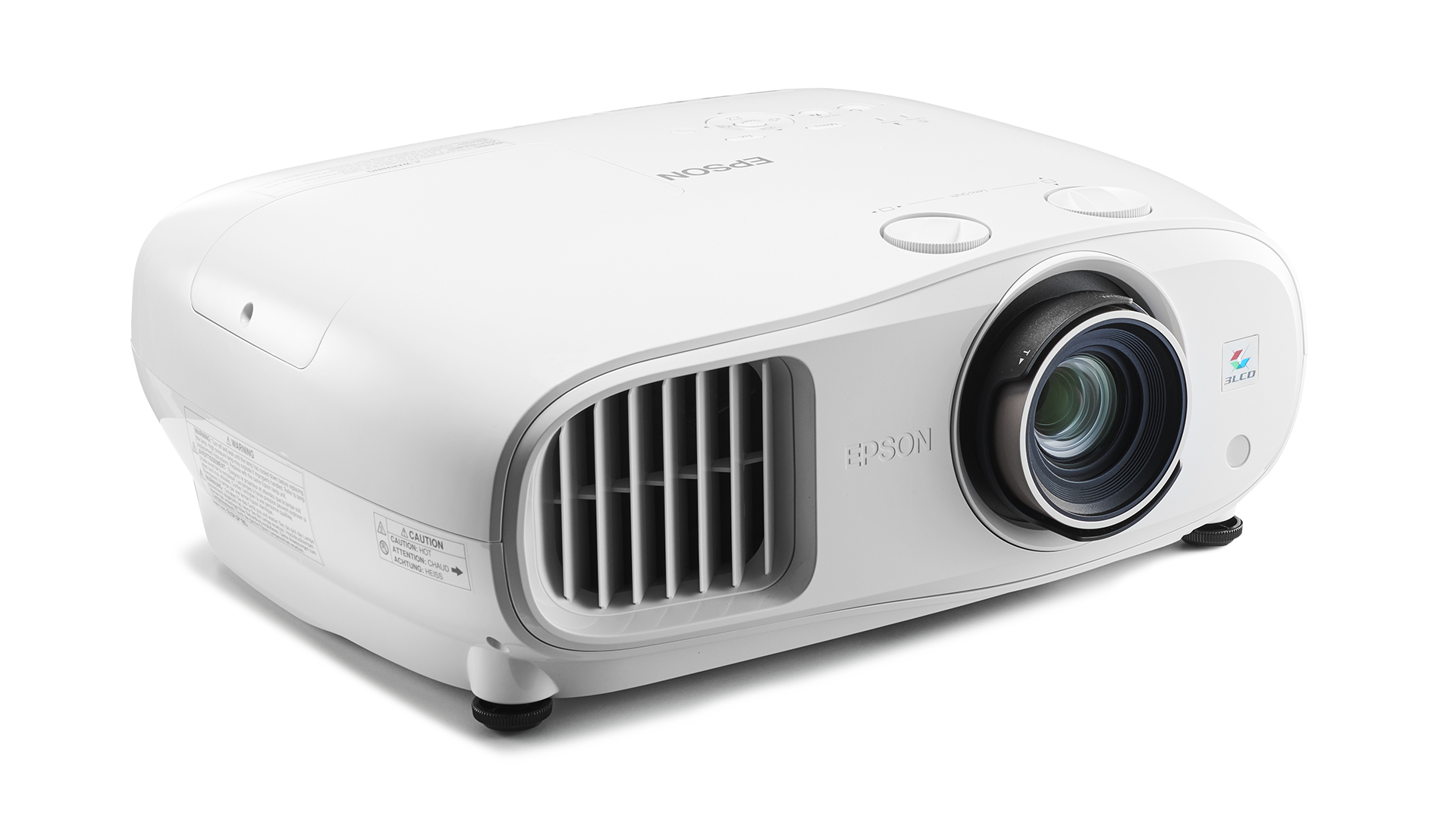
3. Epson EH-TW7100
Our expert review:
Specifications
Reasons to buy
Reasons to avoid
A shade pricier than an entry-level device, this Epson is the king of affordable 4K projectors. It’s easy to set up and install, and produces a picture that’s reminiscent of what you'll get at the cinema.
You'll get a great image right out of the box without needing to be any kind of expert at tinkering with the settings. All the preset modes are very well judged and it gives an excellent level of black depth and dark detail for a projector at this price. Colours are balanced and motion is naturally smooth.
That said, it's as much the convenience of this machine that makes it so good. Bluetooth allows for direct connection with a wireless speaker or soundbar, and the high luminance means that it's usable in moderately lit rooms. In other words, an AVR, speaker package and home cinema room are not entirely necessary. How's that for a superb family projector?
Read the full Epson EH-TW7100 review
The best premium projector
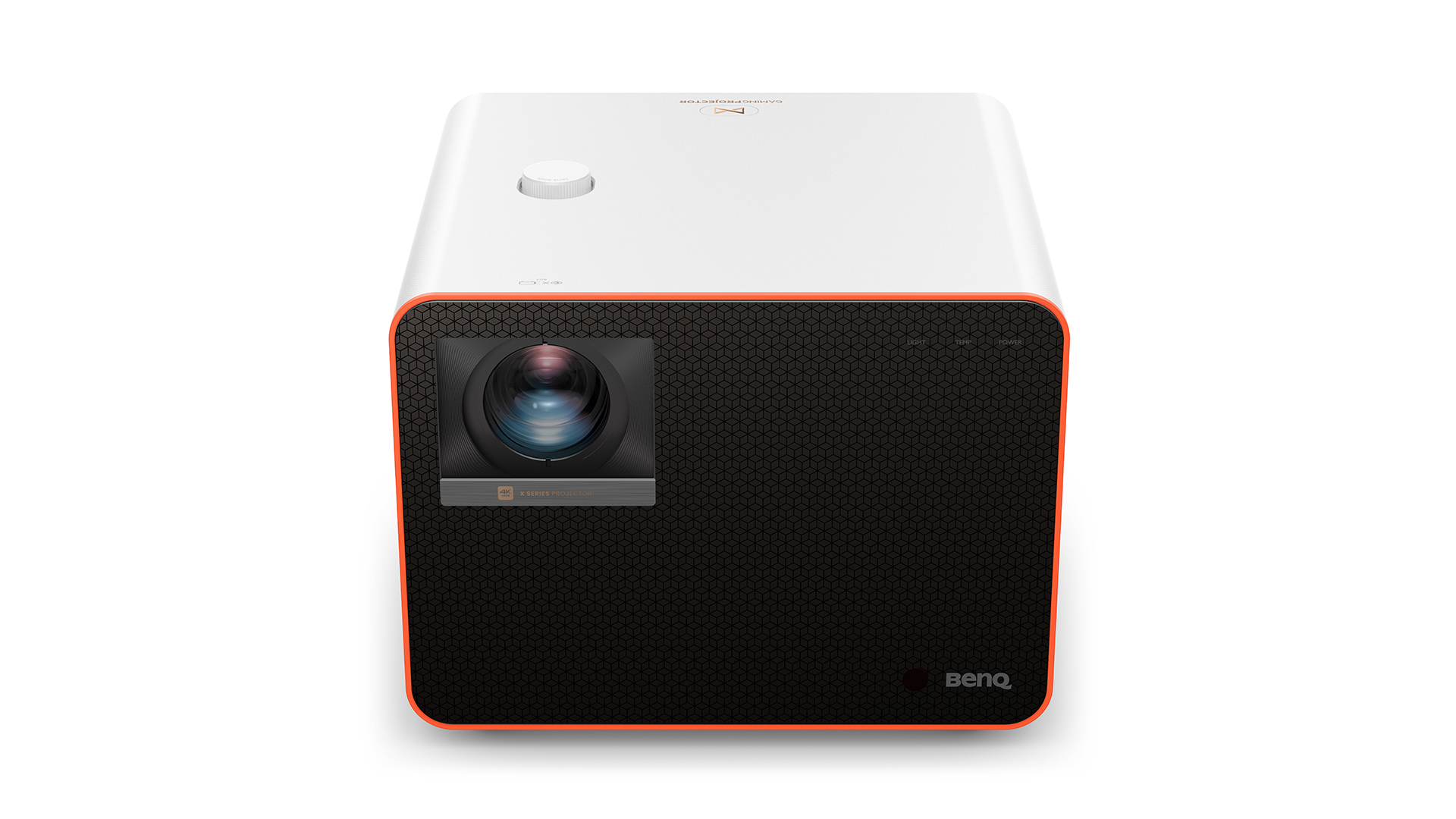
4. BenQ X3100i
Our expert review:
Specifications
Reasons to buy
Reasons to avoid
Despite being designed for gaming primarily, the BenQ X3100i is superbly talented for watching movies too. It offers an Award-winning picture performance, making it an ideal step-up option over the entry-level W1800 also featured on this list.
It offers an "excellent all-round picture quality" with a focus on how it handles contrast and HDR sources. We complimented the X3100i's ability to push its 3300 lumens to the limit in order to deliver bright HDR images with the required intensity, while the Dynamic Black processing mode does an admirable job of keeping the integrity of black depths in check, resulting in an effective and impactful image overall.
We deemed this projector's colour performance to be a cut above the rest too, with vibrant animated content suiting this projector's rich pallet very well. It avoids the overcooked look that some projectors at this price point can fall victim to, with an impressively natural and balanced appearance to colours without a loos of vibrancy. It's a tough balance to strike, and yet the BenQ nails it.
It even sounds better than most projectors on the market, and while we'd urge you to invest in a dedicated sound system, if you must rely on the built-in speakers then you'll find that they project well, sound clear and even make a decent attempt at delivering a spatial effect.
Finally, the included media dongle features an operating system built on Android TV and offers access to a range of streaming apps including Netflix, Disney Plus and Apple TV.
Read the full BenQ X3100i review
The best high-end projector
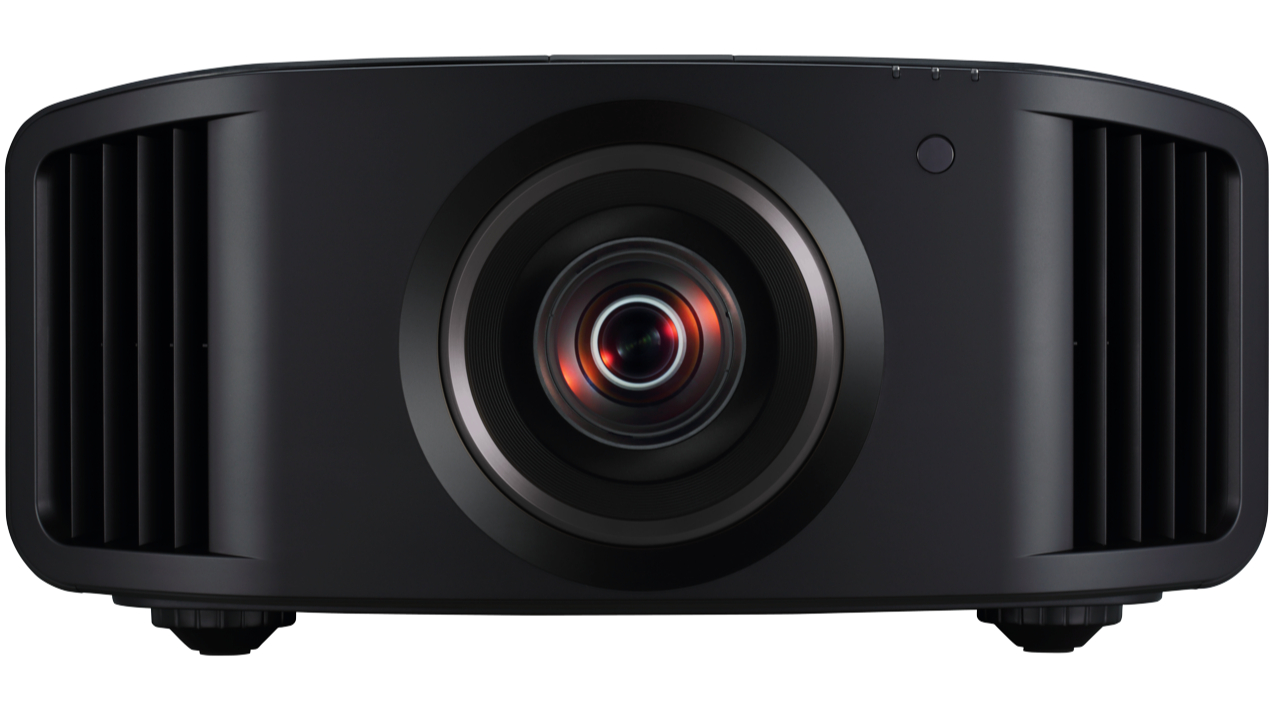
5. JVC DLA-NZ800
Our expert review:
Specifications
Reasons to buy
Reasons to avoid
JVC snatches Sony's crown, dethroning the brilliant VPL-XW7000ES with this exceptional home cinema projector. The DLA-NZ800 is a cinematic marvel, delivering an awe-inspiring picture accompanied by a super simple setup and enhanced HDMI spec.
We lauded the DLA-NZ800's ability to deliver a truly balanced and authentic image, with rich contrast, superb three dimensional depth and excellent black levels. Colours are spectacularly rich and yet wholly natural too, leading to a deeply engaging picture that will impress the most scrupulous home cinema enthusiasts.
Most importantly, this projector nails detail levels, and it even converted us to being fans of 8K upscaling. The included 8K Eshift feature delivers spectacular results, with oodles of added detail that we became accustomed too during out testing process.
It isn't cheap, but the JVC DLA-NZ800 puts picture performance above all else, hence the absence of built-in speakers or a streaming platform. However, this is home cinema taken seriously, so we hope you'll have a quality sound system and 4K Blu-ray player to pair with this projector.
Read the full JVC DLA-NZ800
The best ultra short throw projector
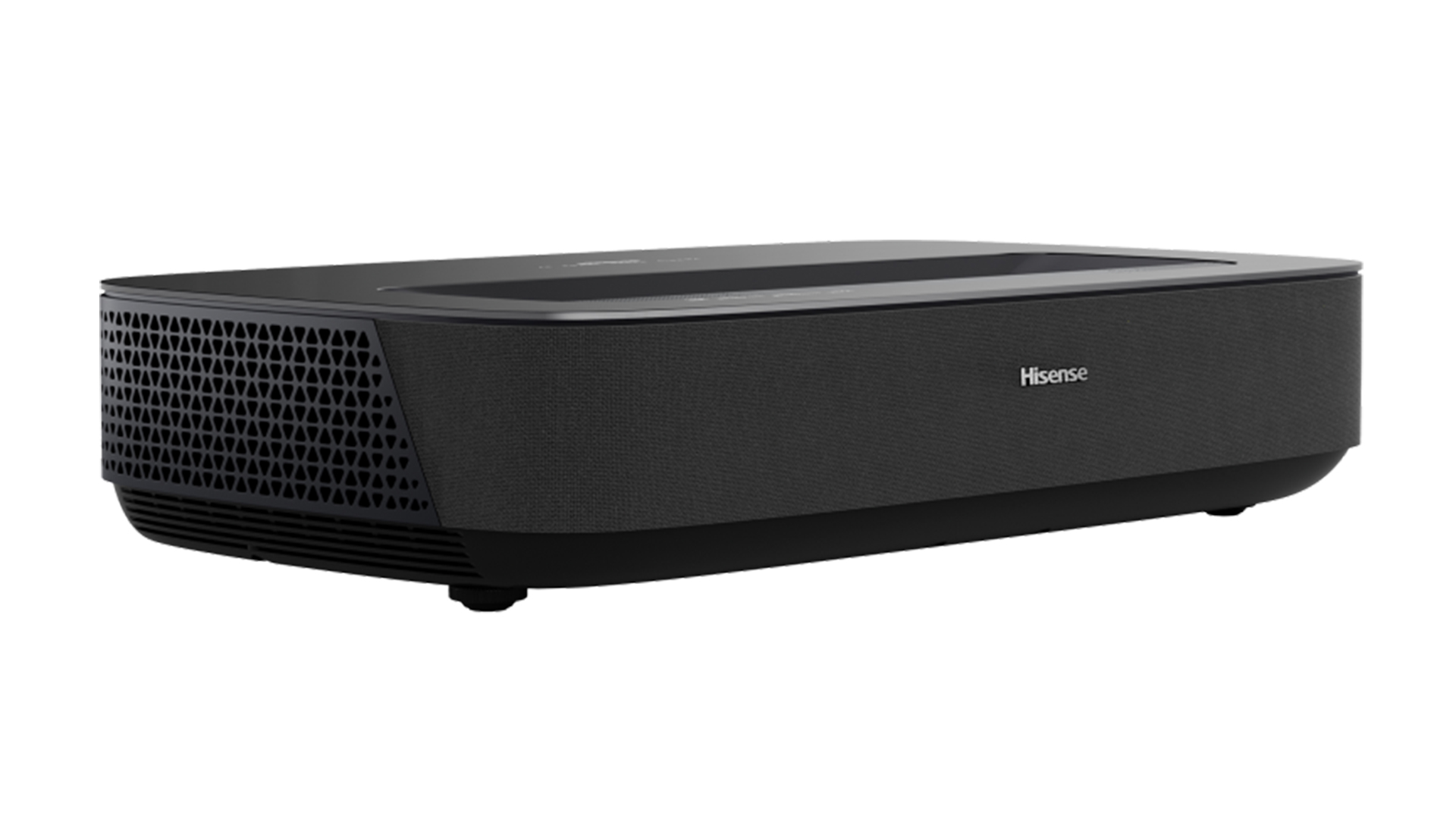
6. Hisense PL1
Our expert review:
Specifications
Reasons to buy
Reasons to avoid
Ultra short-throw projectors are becoming much more frequent within the projector market at large, and for good reason. Designed as a TV alternative that can reach up to 100 inches without costing nearly as much as a super-large TV would, as well as having the added benefit of being practically plug-and-play (obviously with some fiddling required), a UST projector strikes a nice balance between practicality and theatricality.
At the forefront of this UST revolution is Hisense, which has been developing ultra short-throw models for over six years now. The PL1 that we have before us today is the latest model in Hisense’s line of Ultra Short-Throw Laser Cinema Projectors, not to be confused with its separate line of Laser TVs, which act in a similar fashion but specifically come with a dedicated screen.
In order to be a successful UST, it has to tick every box we look out for in both the best projectors and the best TVs, which is no easy task. Thankfully, the PL1 not only steps up to the task, but it clears many other options within its field.
With its clean, punchy and solid image, the Hisense PL1 is a gem at this price. Undercutting many of its UST rivals and even its own Hisense siblings, it's a TV alternative that actually lives up to its promise. You’d be hard-pressed to find a 100-inch TV for this price, let alone one that features such a punchy and crisp image. While we wish it had a couple more HDMI ports, it’s a compromise we’re willing to make, as its picture performance more than makes up for it.
Read the full Hisense PL1 review
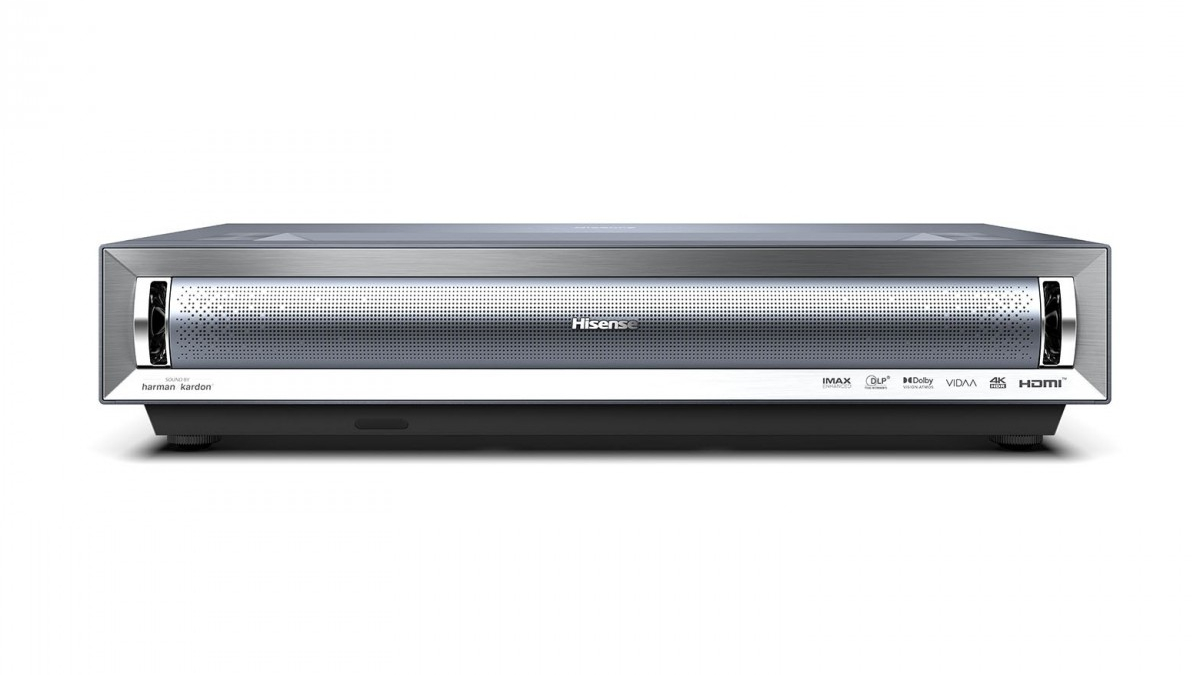
7. Hisense PX3-Pro
Our expert review:
Specifications
Reasons to buy
Reasons to avoid
Hisense takes both spots for best ultra short throw, with the PX3-Pro serving as a more premium offering in the company's laser cinema lineup. It's a UST that's built for gaming, but much like the BenQ X3100i, it handles films like a champ too.
The PX3-Pro offers a range of picture upgrades over the PL1, including a brighter picture, HDR10+ support and enhanced shadow details. We also praised its overall picture details, citing that it maintains plenty of environmental and skin textures despite outputting a 100-inch picture. The most impressive feature of the PX3-Pro is its light control, as contrast is handled in a way that results in a three-dimensional and engaging picture overall.
This projector is also suited well to console gamers; in fact there are Xbox logos plastered on the box which alludes to its gaming credentials. It sports two HDMI 2.1 sockets, which support 4K/120Hz signals.
While the built-in audio is middling, you can plug in a soundbar or AVR to easily remedy this. Better still, you won't have to sacrifice an HDMI socket for a media streamer, as the PX3-Pro features Hisense's Vidaa platform built in, which supports a full range of apps including Netflix, Amazon Prime Video and Disney Plus.
Read the full Hisense PX3-Pro review
Also consider
- Sony VPL-XW7000ES: While this remains a stellar premium home cinema projector, the JVC DLA-NZ800 dethrones and takes the spot on our Awards list. That being said, this is still a supremely talented projector and can now be found at a discounted rate as its successor, the Sony Bravia Projector 8, has just launched.
- Hisense C1: This all-in-one cinema in a box solution features an impressively punchy (albeit not entirely accurate) picture, powerful built in JBL speaker system, and Hisense's VIDAA smart streaming platform baked in.
- Samsung The Premiere LSP9T: This premium ultra short throw model makes a convincing case for ditching your TV in favour of a projector. Anyone familiar with a Samsung TV will feel right at home with Samsung's Tizen smart system, while the bright, colourful picture and well projected sound seal the deal on this UST beamer.
How to choose the best projector for you
There are a multitude of factors to consider when choosing the right projector to suit your needs. Whether its budget, resolution, screen size or even the type of lamp, all of these factors can drastically alter the performance of a projector.
It's important to recognise the differences between projector lamp technologies, as different options give you different performance. Laser-based projectors are quick to reach optimal performance after booting up, they produce more accurate colours and have longer lifespans due to not requiring a bulb to power the picture. However, they tend to be more expensive than DLP (Digital Light Processing) LED and LCD projectors, which in turn have their own benefits and caveats.
Ultimately, the goal with a projector is to encapsulate the cinematic feeling of a theatre at home, so this is where screen size and resolution are important. Ideally, this is where a 4K projector would be best for crisp and clear visuals. As you'll notice, almost all of our top picks are either native 4K projectors, or achieve a 4K-like image through clever trickery for a higher picture quality. Here's how 4K vs 1080p (Full HD) resolutions differ.
While resolution is a pivotal aspect of the picture quality, its almost equally important counterpart is colour. Projectors can often struggle when it comes to colour, especially when it comes to darker shades. Contrast is key here to ensure that black depth is the best it can be, although no projector will be able to live up to an OLED TV in this regard.
Within the mix are also some ultra short throw projectors. These can project a big, clear image onto a wall from a very short distance away, making them ideal for space saving set ups or for those wanting to avoid wall- or ceiling-mounting their projector.
Then there are portable projectors, which are ideal of taking on the go or using outside to create a grab-and-go cinema experience. They might not match up with the performance of dedicated home cinema projectors – the fact that none have made our list should tell you that – but you're paying for the experience and versatility here. You can't beat an open-air cinema experience under the starry night sky after all.
We do often recommend that you budget for a speaker when shopping for a projector, as although many options here include on-board speakers, they are invariably pretty poor. Similarly, while some projectors do now feature built-in streaming platforms, they're often a bit patchy in terms of performance and app selection, so it's often worth keeping some cash aside for a dedicated streamer.
How we test projectors
Testing projectors involves taking the time to explore their capabilities fully through lots of options-tweaking and content-watching. This includes checking every item in the settings menu, and individually tweaking picture features to ensure the projector is giving us the best visual performance it can.
We conduct these tests in our state of the art testing room in London, which is outfitted with a 100-inch screen and a plethora of external sources to hook the projectors up to, including 4K Blu-ray players, video streamers and games consoles. This is also where each of these projectors meets its rivals, as every product is tested side-by-side with the competition to ensure it meets expectations and so that its place in the market is considered as a whole – no product exists in a vacuum after all.
We test using a wide range of content from 4K Blu-rays, to streaming services, video games and standard definition DVDs to make sure all kinds of content are put through these projectors. This helps us find the strengths and weaknesses of each projector.
At the end of this process, a verdict is reached by a team of reviewers who work closely together in order to ensure that each projector is tested fairly, and to avoid the possibility of any personal preferences creeping in. This is also to make sure our reviews are consistent and thorough, and so that no feature or flaw is missed within our testing process.
MORE:
These are the best outdoor projectors 2022
Take a look at the best home cinema deals
Get the What Hi-Fi? Newsletter
The latest hi-fi, home cinema and tech news, reviews, buying advice and deals, direct to your inbox.
Lewis Empson is a Senior Staff Writer on What Hi-Fi?. He was previously Gaming and Digital editor for Cardiff University's 'Quench Magazine', Lewis graduated in 2021 and has since worked on a selection of lifestyle magazines and regional newspapers. Outside of work, he enjoys gaming, gigs and regular cinema trips.
-
nnorton00 This article has been updated to "Best projectors 2020: Full HD, 4K, portable, short throw". The problem is the #1 projector, the UHD40, has been discontinued since May 2019, over a year! Any other suggestions to replace that top spot?Reply -
abacus The Optoma UHD51 is probably the best bet or jump up a bit further to the Benq W2700.Reply
Bill -
abacus Replynnorton00 said:The UHD51 was also discontinued in May 2019!
The UHD 51 is still on the Optoma website and can be bought from many dealers (As well as the Optoma online shop) so not discontinued.
Richer Sounds currently do it for £1299
Bill -
Reply
Richer Sounds one got £50 off too:abacus said:The UHD 51 is still on the Optoma website and can be bought from many dealers (As well as the Optoma online shop) so not discontinued.
Richer Sounds currently do it for £1299
Bill
https://www.richersounds.com/tv-projectors/projectors/4-k-projectors/optoma-uhd51.html -
Dan Sung The UHD40 is also still available with certain vendors too, here at Bax, for example - https://www.bax-shop.co.uk/projection/optoma-uhd40-4k-ultra-hd-projectorReply
We're also getting in the UHD42 shortly. Hopefully Optoma has done a good job there. -
Dan Sung Replynnorton00 said:This article has been updated to "Best projectors 2020: Full HD, 4K, portable, short throw". The problem is the #1 projector, the UHD40, has been discontinued since May 2019, over a year! Any other suggestions to replace that top spot?
New No.1. -
Johnnyringo So this is an article from 2019, with the date changed to 2022? Where are the short throws? Many of these models are outdated, the same as others in the list, or or just very poor. I love me some what hi-fi, but this is egregious.Reply
